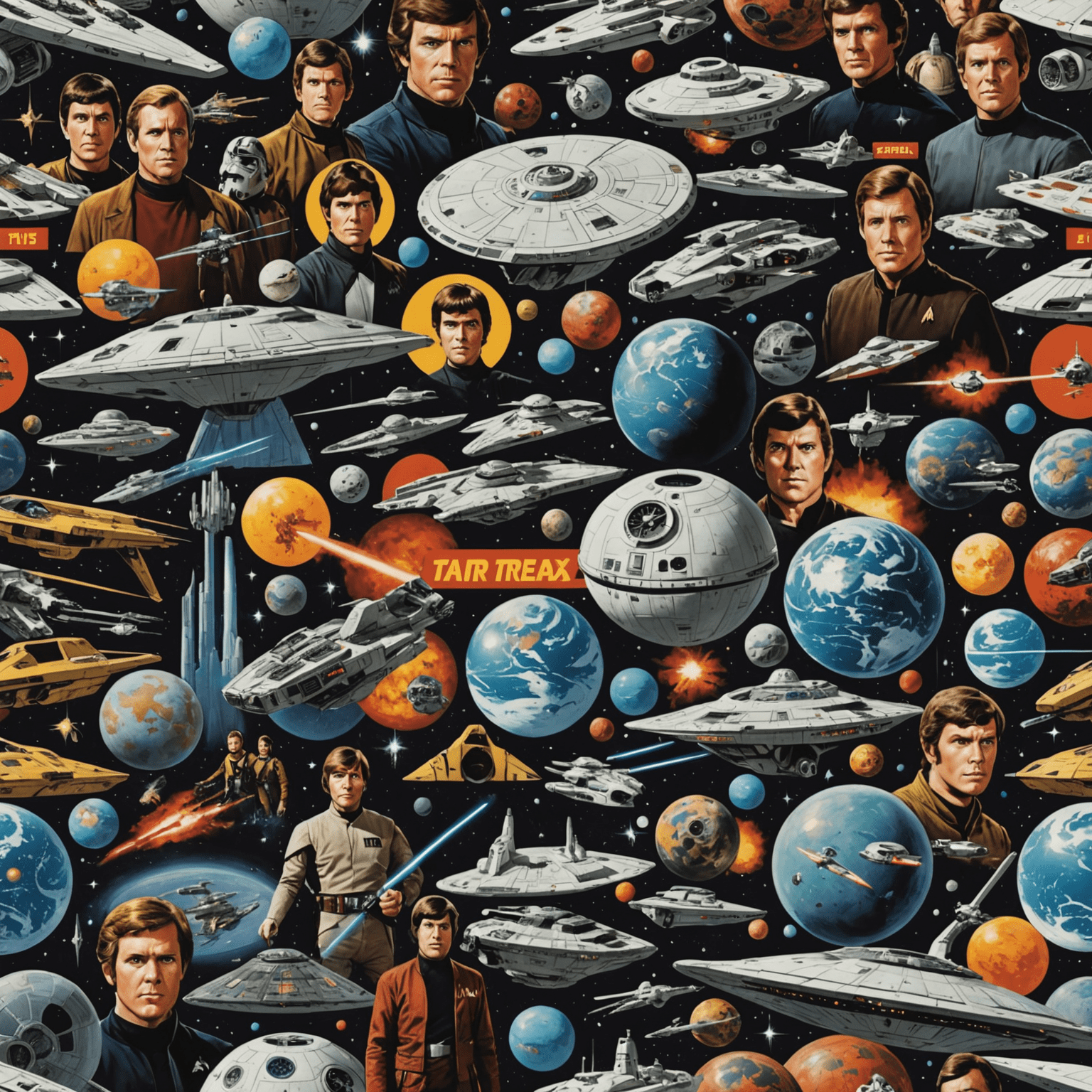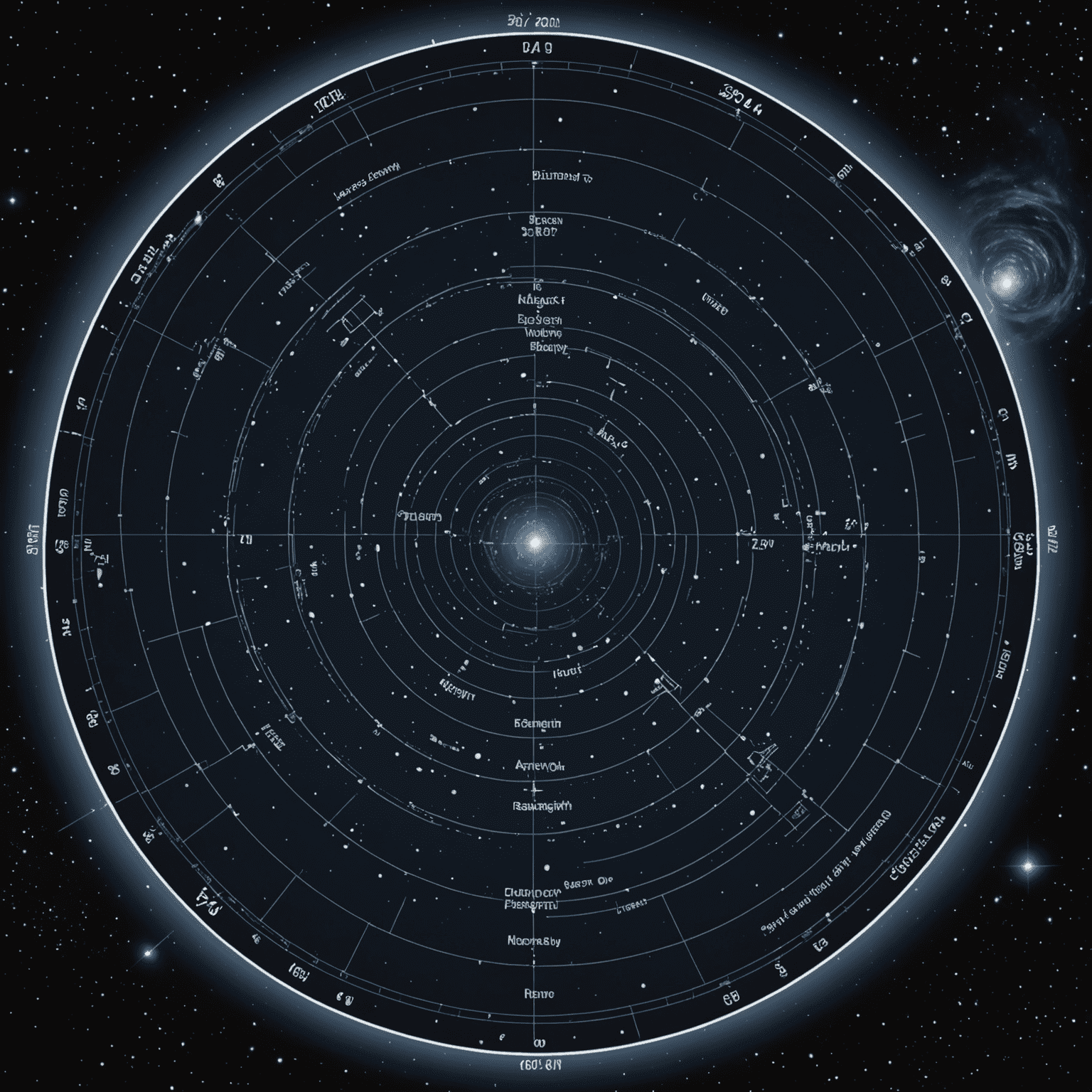Parsecs in Pop Culture: From Star Wars to Science Fiction

The parsec, a unit of astronomical distance, has found its way into popular culture, often with varying degrees of accuracy. This article explores how parsecs have been represented (and sometimes misrepresented) in movies, books, and TV shows.
Star Wars: The Infamous Kessel Run
Perhaps the most famous (and controversial) use of parsecs in pop culture comes from Star Wars. In "A New Hope," Han Solo boasts that the Millennium Falcon "made the Kessel Run in less than twelve parsecs." This line has sparked debates among fans and scientists alike, as parsecs are a measure of distance, not time.
Accurate Representations in Hard Science Fiction
Some authors and filmmakers strive for scientific accuracy in their work. For example:
- In Arthur C. Clarke's "2001: A Space Odyssey," distances are often given in astronomical units and parsecs.
- The TV series "The Expanse" is noted for its realistic portrayal of space travel, including the use of accurate distance measurements.
Parsecs in Video Games
Many space-themed video games incorporate parsecs into their gameplay mechanics:
- The "Mass Effect" series uses parsecs to measure distances between star systems.
- "Elite Dangerous" incorporates parsecs into its realistic galaxy simulation.

The Educational Impact
While not always accurate, the use of parsecs in pop culture has had an unexpected educational benefit. It has sparked curiosity about astronomical distances and encouraged people to learn more about real space science.
Conclusion
From the misuse in Star Wars to accurate portrayals in hard science fiction, parsecs have become a staple in science fiction storytelling. Whether used correctly or not, their presence in pop culture continues to fascinate audiences and inspire discussions about the vast distances of our universe.